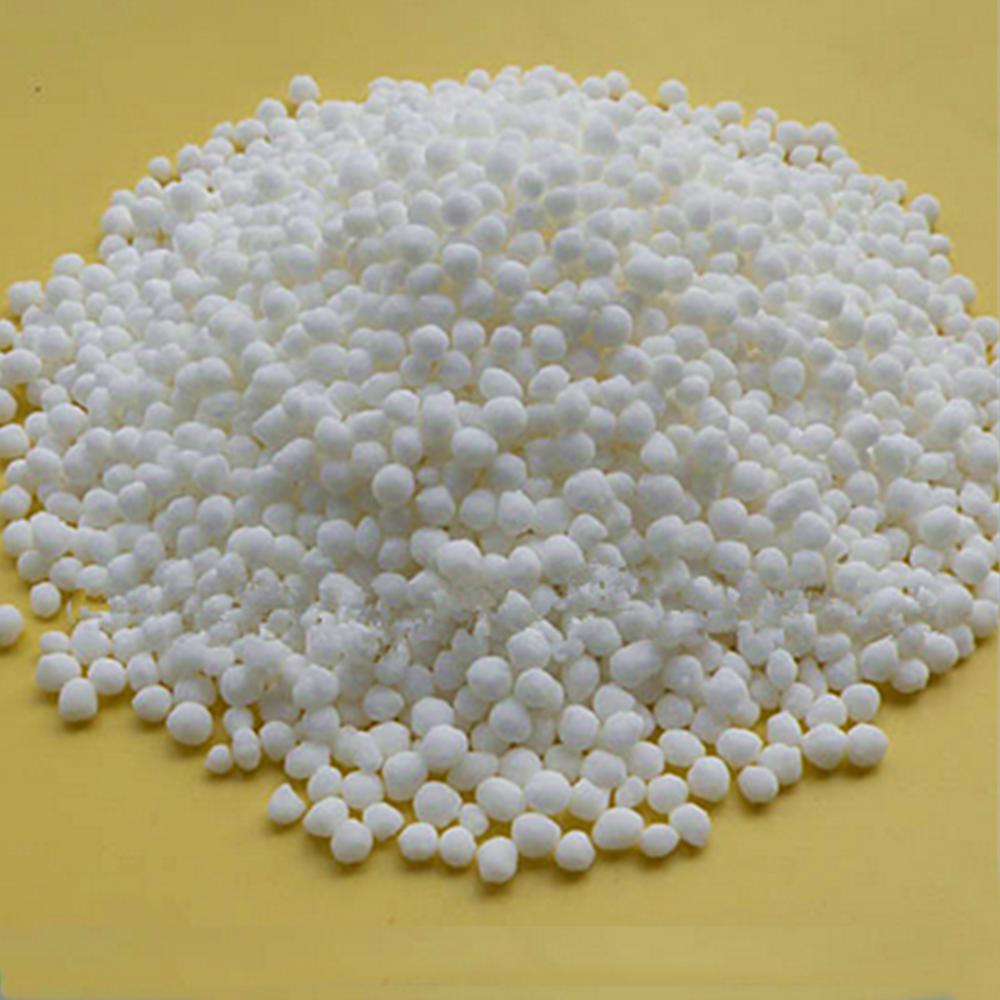



Understanding the Properties and Uses of Solid Sodium Hydroxide in Various Applications
Understanding NaOH Solid Properties, Uses, and Safety
Sodium hydroxide (NaOH), commonly known as caustic soda or lye, is an inorganic compound that appears as a solid white crystalline substance. It is highly soluble in water, releasing heat during the dissolution process. NaOH acts as a strong base and is widely utilized in various industries due to its versatile properties.
One of the key characteristics of NaOH solid is its hygroscopic nature. It readily absorbs moisture from the air, which can affect its purity and handling. As such, it is typically stored in airtight containers to prevent it from gaining moisture and forming a clumpy mass. NaOH solid can be produced through various methods, including the electrolysis of sodium chloride solution. This process produces chlorine gas and hydrogen gas along with NaOH, which is later crystallized for industrial use.
Understanding NaOH Solid Properties, Uses, and Safety
NaOH solid is also essential in the chemical manufacturing sector. It serves as a key reagent in the production of various chemicals, including sodium hypochlorite, which is used as a bleaching agent and disinfectant. Furthermore, it is involved in the production of biodiesel through the transesterification of fats and oils.
naoh solid

Despite its numerous applications, handling NaOH solid requires caution. As a strong alkali, it can cause severe burns and injuries upon contact with skin or eyes. Inhalation of its dust may lead to respiratory irritation. Therefore, appropriate personal protective equipment (PPE) such as gloves, goggles, and protective clothing should be worn when working with NaOH.
In emergency situations, it is crucial to follow specific first-aid measures. If NaOH comes into contact with skin, the affected area should be rinsed immediately with copious amounts of water. If it enters the eyes, flushing with water for at least 15 minutes and seeking medical attention is vital.
Storage of NaOH solid should be in a cool, dry place, away from incompatible materials such as acids, which can lead to exothermic reactions. It should also be clearly labeled to avoid accidental misuse.
In conclusion, NaOH solid is a powerful and multifaceted compound with extensive applications across several industries, from cleaning products to chemical manufacturing. While its utility is undeniable, it is imperative to recognize the risks associated with its use. Proper handling, storage, and adherence to safety protocols are essential to ensure that the advantages of sodium hydroxide can be harnessed safely and effectively. Understanding its properties and potential hazards enables industries and individuals to maximize its benefits while minimizing risks.
-
Why Sodium Persulfate Is Everywhere NowNewsJul.07,2025
-
Why Polyacrylamide Is in High DemandNewsJul.07,2025
-
Understanding Paint Chemicals and Their ApplicationsNewsJul.07,2025
-
Smart Use Of Mining ChemicalsNewsJul.07,2025
-
Practical Uses of Potassium MonopersulfateNewsJul.07,2025
-
Agrochemicals In Real FarmingNewsJul.07,2025
-
Sodium Chlorite Hot UsesNewsJul.01,2025










